Home>Gardening & Outdoor>Landscaping Ideas>When To Fertilize St. Augustine Grass
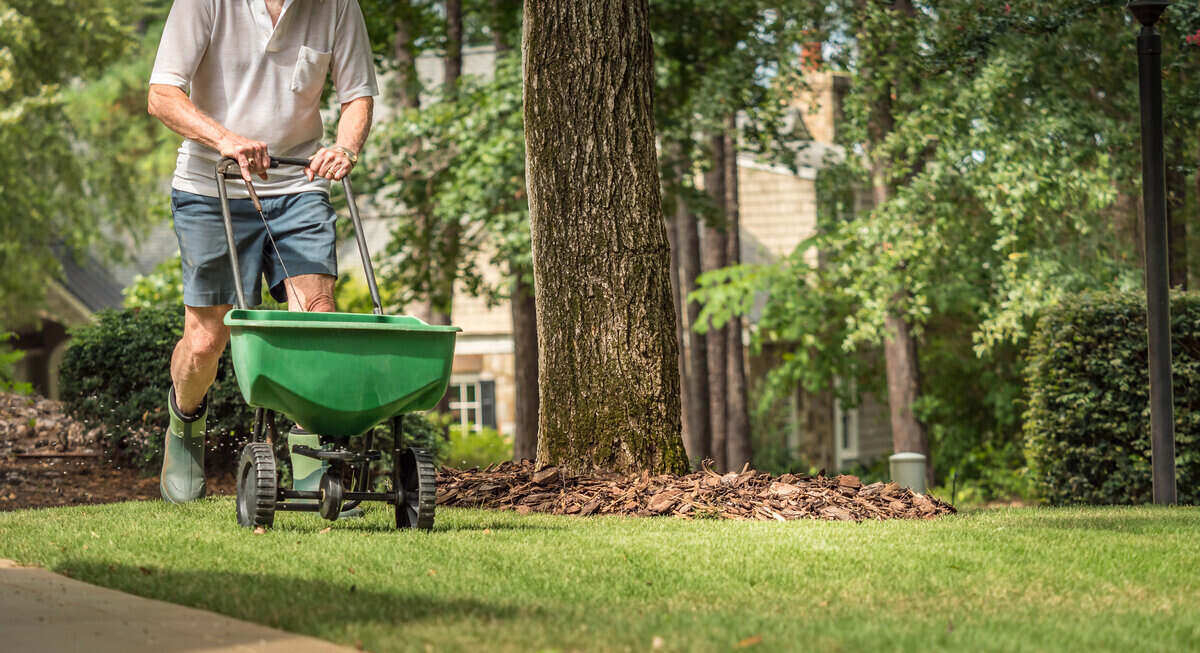

Landscaping Ideas
When To Fertilize St. Augustine Grass
Modified: February 18, 2024
Learn the best timing for fertilizing St. Augustine grass to keep your lawn lush and healthy. Discover expert landscaping ideas for optimal results.
(Many of the links in this article redirect to a specific reviewed product. Your purchase of these products through affiliate links helps to generate commission for Storables.com, at no extra cost. Learn more)
Introduction
When it comes to creating a lush, vibrant lawn, fertilization plays a pivotal role in promoting the health and growth of your St. Augustine grass. Understanding the nuances of fertilizing this particular grass variety is essential for achieving optimal results. By delving into the intricacies of when and how to fertilize St. Augustine grass, you can elevate the beauty of your outdoor space while ensuring the long-term well-being of your lawn.
Fertilizing your St. Augustine grass at the right time and in the right manner can make a remarkable difference in its overall health and appearance. This comprehensive guide will provide you with invaluable insights into the best practices for fertilizing St. Augustine grass, including the optimal timing, essential techniques, and signs of over-fertilization to watch out for. Whether you're a seasoned lawn care enthusiast or a novice homeowner looking to enhance your landscaping prowess, this article will equip you with the knowledge and expertise needed to nourish your St. Augustine grass to perfection.
Join me as we explore the fascinating world of St. Augustine grass fertilization, uncovering the key factors that influence the fertilization process and discovering the precise methods that will empower you to cultivate a thriving, verdant lawn. Let's embark on this enriching journey to unlock the secrets of fertilizing St. Augustine grass and elevate the allure of your outdoor sanctuary.
Key Takeaways:
- Fertilize St. Augustine grass in late spring and mid-summer for lush, vibrant growth. Avoid fall fertilization to prevent cold damage.
- Use slow-release fertilizer, water thoroughly, and watch for signs of over-fertilization to maintain a healthy, resilient lawn.
Read more: How To Fertilize St. Augustine Grass
Understanding St. Augustine Grass
Before delving into the intricacies of fertilizing St. Augustine grass, it’s important to grasp the fundamental characteristics of this popular warm-season turfgrass. St. Augustine grass (Stenotaphrum secundatum) is renowned for its lush, dense growth and vibrant emerald hue, making it a coveted choice for lawns in regions with warm, humid climates. This resilient grass variety thrives in areas with ample sunlight and moderate to high levels of moisture, exhibiting exceptional tolerance to heat and humidity.
St. Augustine grass is celebrated for its rapid growth and robust nature, effortlessly carpeting landscapes with its thick, luxurious blades. Its vigorous growth habit enables it to recover swiftly from damage, making it an excellent choice for high-traffic areas in residential and commercial settings. Additionally, this grass variety exhibits impressive shade tolerance, making it well-suited for lawns with partially shaded areas.
One of the key attributes that sets St. Augustine grass apart is its remarkable ability to establish a dense, weed-resistant turf that enhances the overall aesthetic appeal of outdoor spaces. Its broad, coarse-textured blades and prostrate growth habit contribute to its exceptional resilience and visual allure, creating a verdant oasis that beckons bare feet and outdoor enjoyment.
Understanding the unique growth patterns, preferences, and resilience of St. Augustine grass is crucial for implementing effective fertilization practices. By gaining insight into the inherent traits of this grass variety, you can tailor your fertilization approach to meet its specific nutritional needs, thereby nurturing a robust, thriving lawn that exudes natural beauty and vitality.
Now that we’ve gained a deeper understanding of the remarkable attributes of St. Augustine grass, let’s explore the factors that influence the fertilization of this resilient turfgrass, paving the way for a flourishing and picturesque lawn.
Factors Affecting Fertilization
When it comes to fertilizing St. Augustine grass, several key factors come into play, influencing the timing, frequency, and composition of the fertilization process. By taking these factors into account, you can optimize the effectiveness of your fertilization efforts and ensure the sustained health and vitality of your lawn.
- Soil Type: The composition and pH level of the soil in which St. Augustine grass is grown significantly impact its nutrient uptake. Conducting a soil test to assess its pH and nutrient levels can provide valuable insights into the specific fertilizer requirements of your lawn, allowing you to tailor your fertilization approach accordingly.
- Nutrient Needs: St. Augustine grass has distinct nutrient requirements, with a particular emphasis on nitrogen, phosphorus, and potassium. Understanding the specific nutritional needs of this grass variety is essential for selecting a well-balanced fertilizer that promotes healthy growth and resilience.
- Climate and Season: The prevailing climate and seasonal changes play a crucial role in determining the ideal timing for fertilizing St. Augustine grass. Warmer months typically necessitate more frequent fertilization to support the grass’s active growth, while cooler seasons may require a different approach to maintain its health.
- Watering Practices: Proper irrigation practices are integral to the success of fertilization. Consistent and adequate watering supports the absorption of essential nutrients by the grass roots, enhancing the efficacy of the fertilization process and promoting robust growth.
- Grass Health and Growth Stage: Monitoring the overall health and growth stage of your St. Augustine grass is crucial for determining its specific fertilization needs. From establishment and early growth to maturity and dormancy, each stage requires a tailored approach to fertilization to support the grass’s evolving requirements.
By considering these influential factors, you can fine-tune your fertilization strategy to align with the unique needs of St. Augustine grass, empowering you to foster a luxuriant, resilient lawn that flourishes in its natural environment. With a comprehensive understanding of these factors, you are poised to make informed decisions regarding the optimal timing and methods for fertilizing your St. Augustine grass, nurturing a landscape that exudes vitality and enduring beauty.
Best Time to Fertilize
Timing plays a pivotal role in the successful fertilization of St. Augustine grass, as it directly impacts the grass’s ability to absorb and utilize essential nutrients for robust growth and vibrant coloration. Understanding the optimal timing for fertilization is essential for maximizing the efficacy of the process and promoting the long-term health and beauty of your lawn.
For St. Augustine grass, the best time to fertilize is during its active growth phases, which typically occur in the spring and summer months. As this warm-season grass variety thrives in warm, humid climates, it exhibits vigorous growth during these periods, necessitating a steady supply of nutrients to support its lush, dense foliage and resilient turf.
It is advisable to apply the first round of fertilizer in late spring, around mid-April to early May, when the grass is emerging from dormancy and entering a phase of active growth. This initial fertilization provides the grass with essential nutrients to fuel its robust development and establish a strong foundation for the upcoming growing season.
Subsequently, a second round of fertilization can be applied in mid-summer, typically around late June to early July, to sustain the grass’s vigor and resilience during the peak of the growing season. This additional fertilization bolsters the grass’s capacity to withstand environmental stressors and maintain its vibrant color and density, contributing to a luxuriant and visually captivating lawn.
It’s important to exercise caution when fertilizing St. Augustine grass in the fall, as excessive nitrogen application during this period can render the grass more susceptible to cold damage and disease. As the grass gradually transitions into dormancy in the fall, it is prudent to refrain from applying nitrogen-rich fertilizers, focusing instead on preparing the lawn for the impending winter months through appropriate cultural practices and minimalistic fertilization.
By aligning the timing of your fertilization efforts with the active growth phases of St. Augustine grass, you can harness the full potential of the fertilization process, nurturing a resilient, verdant lawn that radiates natural beauty and vitality throughout the seasons.
Fertilize St. Augustine grass in late spring or early summer, once it’s actively growing. Use a slow-release fertilizer and water it in well. Avoid fertilizing in the fall, as it can make the grass more susceptible to winter damage.
How to Fertilize St. Augustine Grass
Fertilizing St. Augustine grass involves a strategic approach aimed at providing the grass with the essential nutrients it requires to thrive and maintain its lush, vibrant appearance. By adhering to best practices and employing effective techniques, you can optimize the fertilization process and cultivate a resilient, visually captivating lawn that serves as a testament to your meticulous care and attention.
Before embarking on the fertilization process, it is advisable to conduct a soil test to assess the pH level and existing nutrient composition of the soil. This valuable insight will guide you in selecting a well-balanced fertilizer that addresses any specific deficiencies and aligns with the nutritional requirements of St. Augustine grass.
When applying fertilizer to St. Augustine grass, it is crucial to use a slow-release or controlled-release fertilizer to ensure a steady and sustained supply of nutrients to the grass over an extended period. This approach minimizes the risk of nutrient leaching and promotes efficient nutrient uptake by the grass, contributing to consistent, healthy growth and vibrant coloration.
Applying the fertilizer evenly and at the recommended rate is essential for preventing uneven distribution and potential damage to the grass. Using a calibrated spreader can facilitate precise and uniform application, ensuring that the grass receives an adequate and balanced supply of nutrients across the entire lawn area.
After applying the fertilizer, it is beneficial to water the lawn thoroughly to facilitate the dissolution and absorption of the nutrients by the grass roots. Adequate irrigation following fertilization supports the efficient utilization of the applied nutrients, enhancing the overall effectiveness of the fertilization process and promoting robust, vigorous growth.
It is important to refrain from over-fertilizing St. Augustine grass, as excessive application of nitrogen-rich fertilizers can lead to detrimental effects such as increased susceptibility to pests and diseases, as well as environmental pollution. By adhering to the recommended fertilization schedule and application rates, you can safeguard the health and resilience of your lawn while minimizing the risk of over-fertilization.
By implementing these proven techniques and adhering to prudent fertilization practices, you can nurture your St. Augustine grass to flourish with vitality and exude a lush, verdant allure that enriches your outdoor landscape.
Read more: When To Dethatch St. Augustine Grass
Signs of Over-Fertilization
While fertilizing St. Augustine grass is essential for promoting its health and vibrancy, over-fertilization can have detrimental effects on the grass’s well-being and overall aesthetic appeal. Recognizing the signs of over-fertilization is crucial for mitigating potential damage and restoring the balance of nutrients within the lawn environment.
One of the primary indicators of over-fertilization is the emergence of excessive thatch, which refers to the accumulation of organic matter between the grass blades and the soil surface. Over-fertilization can stimulate rapid grass growth, leading to the buildup of thatch that impedes the penetration of water, air, and nutrients to the grass roots, compromising the lawn’s overall health.
Another conspicuous sign of over-fertilization is the development of a thick, spongy layer of grass that exhibits accelerated vertical growth. This excessive growth, often characterized by an overly lush and dense appearance, can render the grass more susceptible to disease and environmental stressors, detracting from its natural resilience and visual appeal.
Over-fertilized St. Augustine grass may also manifest an unusually vibrant green coloration, indicative of an excessive influx of nitrogen. While lush green grass is desirable, an excessively intense green hue can signal an imbalance in nutrient levels, potentially leading to diminished stress tolerance and heightened vulnerability to pest infestations.
In addition, over-fertilization can contribute to heightened susceptibility to pest and disease infestations, as the grass becomes more succulent and prone to stress. Increased pest activity and the onset of fungal diseases may be observed in over-fertilized lawns, necessitating prompt intervention to restore the grass’s resilience and mitigate the adverse effects of over-fertilization.
It is important to monitor the overall health and appearance of your St. Augustine grass regularly, paying close attention to any signs of over-fertilization. Should you observe any of these indicators, it is advisable to adjust your fertilization practices and implement corrective measures to restore the equilibrium of nutrients within the lawn, fostering a robust, balanced, and visually captivating landscape.
By remaining vigilant and responsive to the signs of over-fertilization, you can safeguard the health and vitality of your St. Augustine grass, ensuring that it flourishes with enduring beauty and resilience.
Conclusion
Embarking on the journey of fertilizing St. Augustine grass unveils a captivating blend of art and science, where the meticulous application of essential nutrients intertwines with the innate resilience and beauty of this warm-season turfgrass. By gaining a profound understanding of the optimal timing, essential techniques, and potential challenges associated with fertilization, you are empowered to cultivate a luxuriant, vibrant lawn that serves as a testament to your unwavering commitment to nurturing natural beauty.
Armed with insights into the unique attributes and growth patterns of St. Augustine grass, you are poised to harness the transformative potential of fertilization, infusing your outdoor sanctuary with an exuberant tapestry of lush, emerald blades that beckon bare feet and outdoor enjoyment. By considering influential factors such as soil type, nutrient needs, climate, and grass health, you can tailor your fertilization approach to meet the specific requirements of this resilient grass variety, fostering a landscape that radiates vitality and enduring allure.
Understanding the best time to fertilize St. Augustine grass empowers you to synchronize your fertilization efforts with the grass’s active growth phases, channeling the bountiful energy of spring and summer to fortify the grass’s resilience and visual splendor. By adhering to prudent fertilization practices and employing effective techniques, you can nourish your St. Augustine grass with a balanced, sustained supply of nutrients, nurturing a landscape that flourishes with vitality and natural charm.
Vigilance in recognizing the signs of over-fertilization equips you to safeguard the well-being of your St. Augustine grass, mitigating potential damage and restoring the harmonious equilibrium of nutrients within the lawn environment. By remaining attuned to the subtle cues and indicators, you can navigate the fertilization process with confidence and precision, ensuring that your lawn thrives with enduring health and resplendent beauty.
As you embark on this enriching journey of fertilizing St. Augustine grass, may your outdoor oasis flourish with the vibrant allure of lush, resilient turf, inviting moments of serenity and joy amidst nature’s bountiful embrace. With each carefully nurtured blade of grass, you weave a tapestry of enduring beauty that enriches the landscape and captivates the senses, embodying the timeless allure of a thriving, verdant haven.
Frequently Asked Questions about When To Fertilize St. Augustine Grass
Was this page helpful?
At Storables.com, we guarantee accurate and reliable information. Our content, validated by Expert Board Contributors, is crafted following stringent Editorial Policies. We're committed to providing you with well-researched, expert-backed insights for all your informational needs.
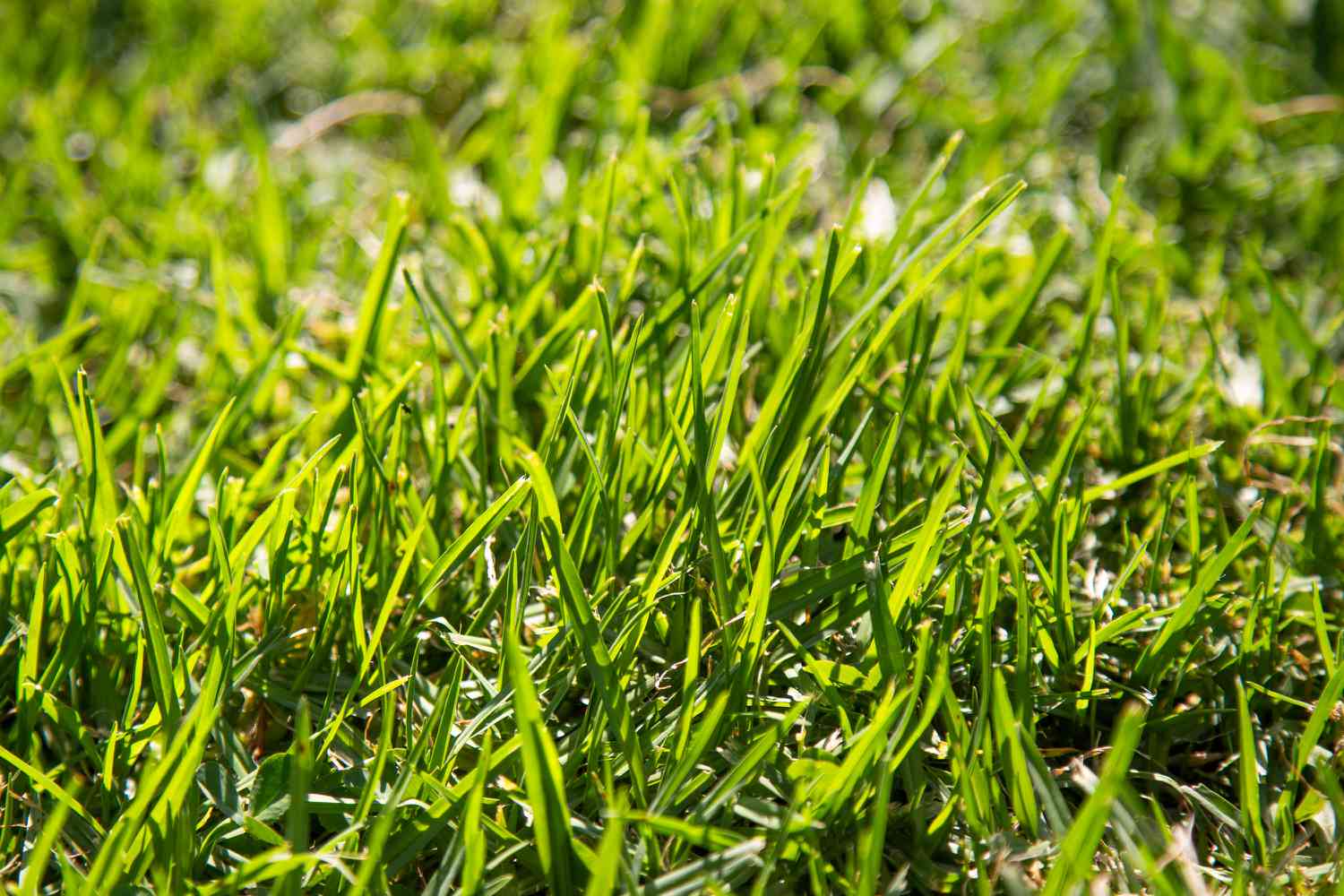
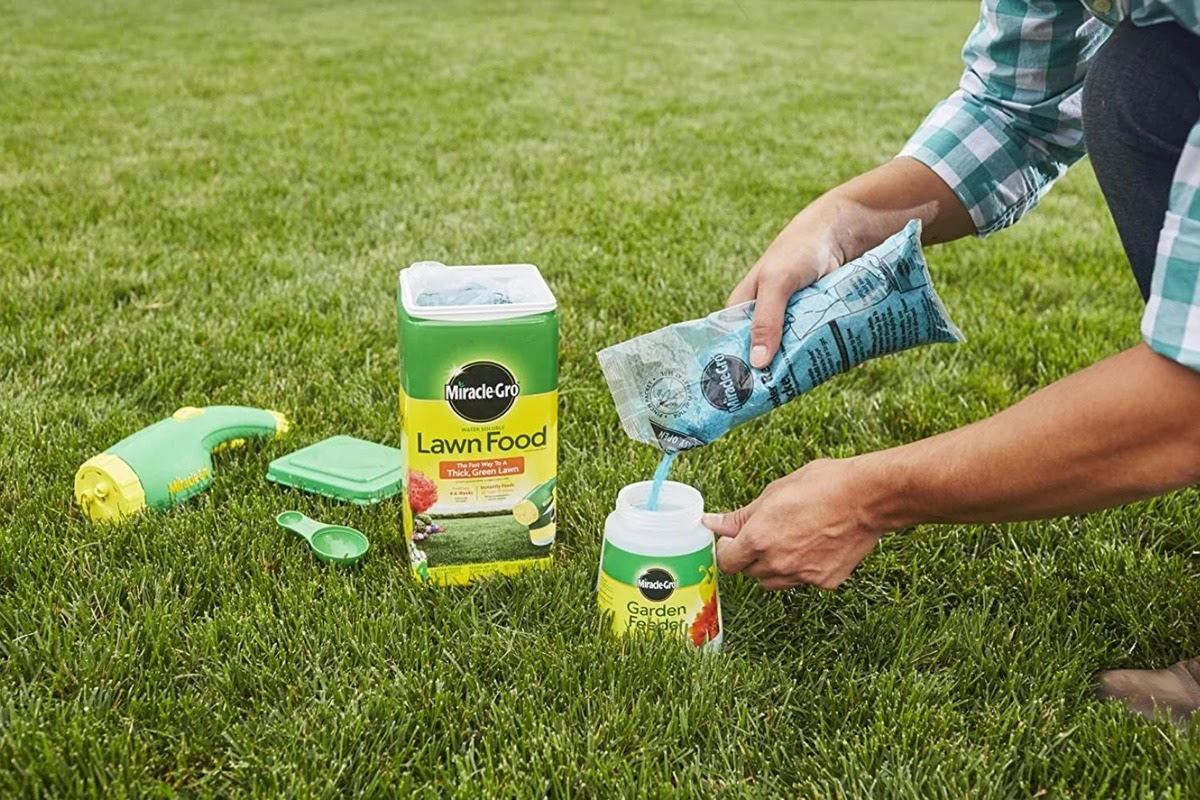
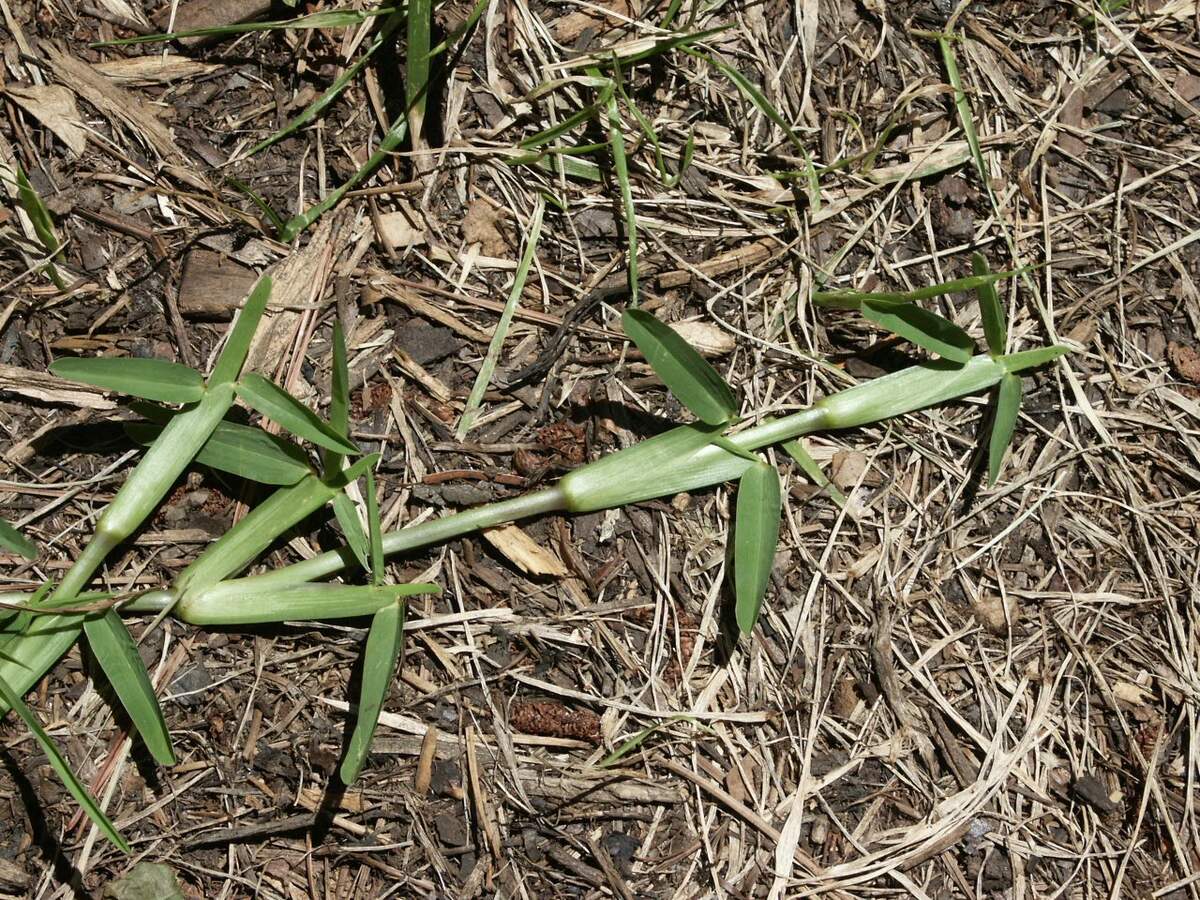
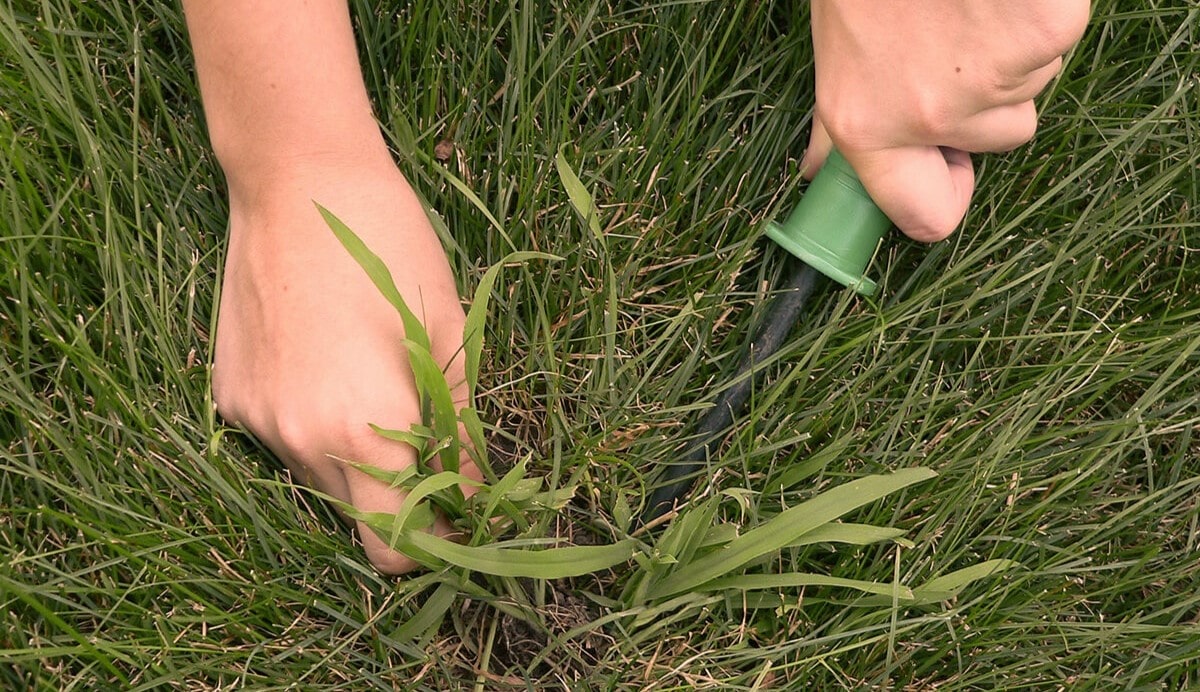
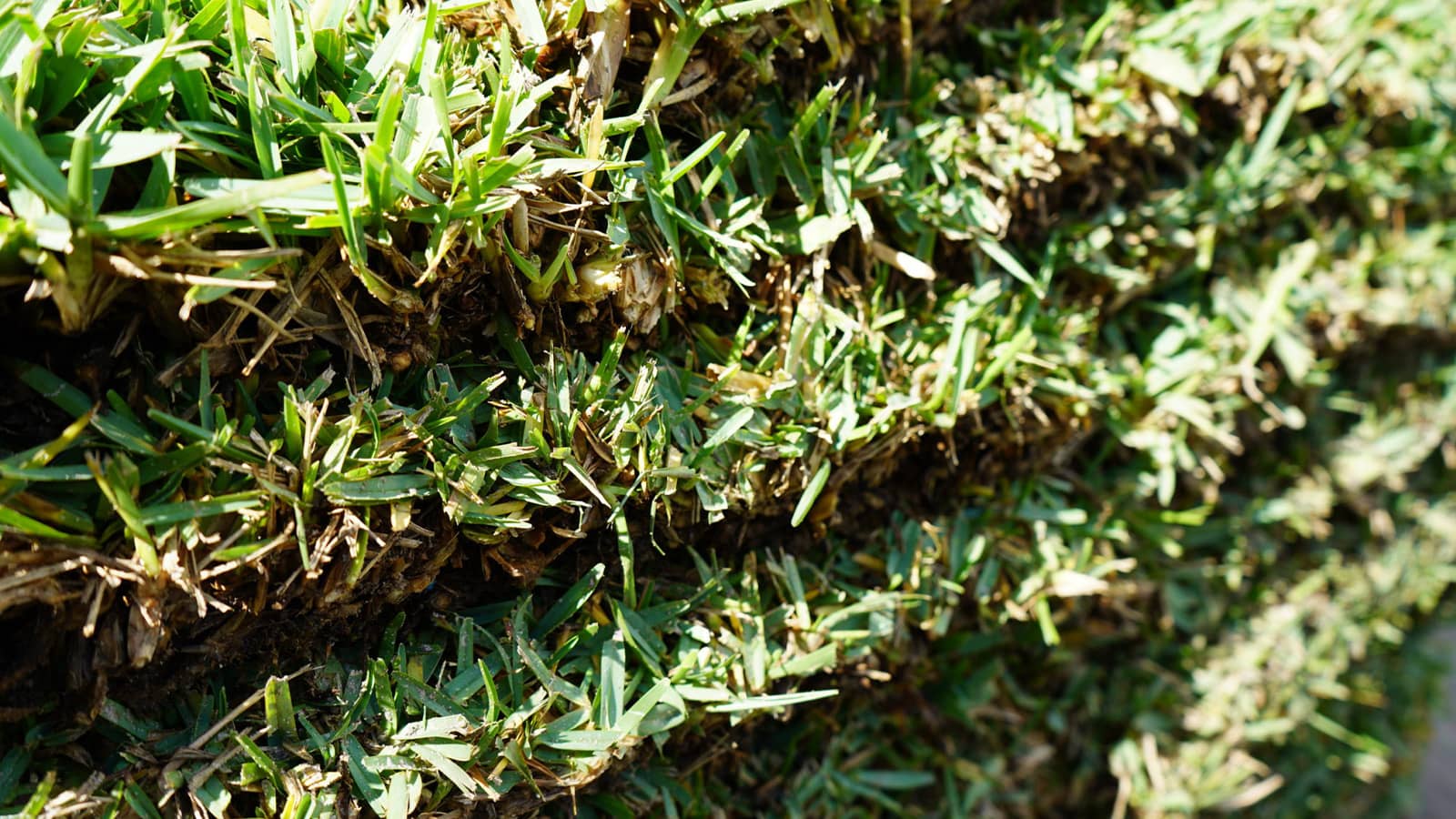
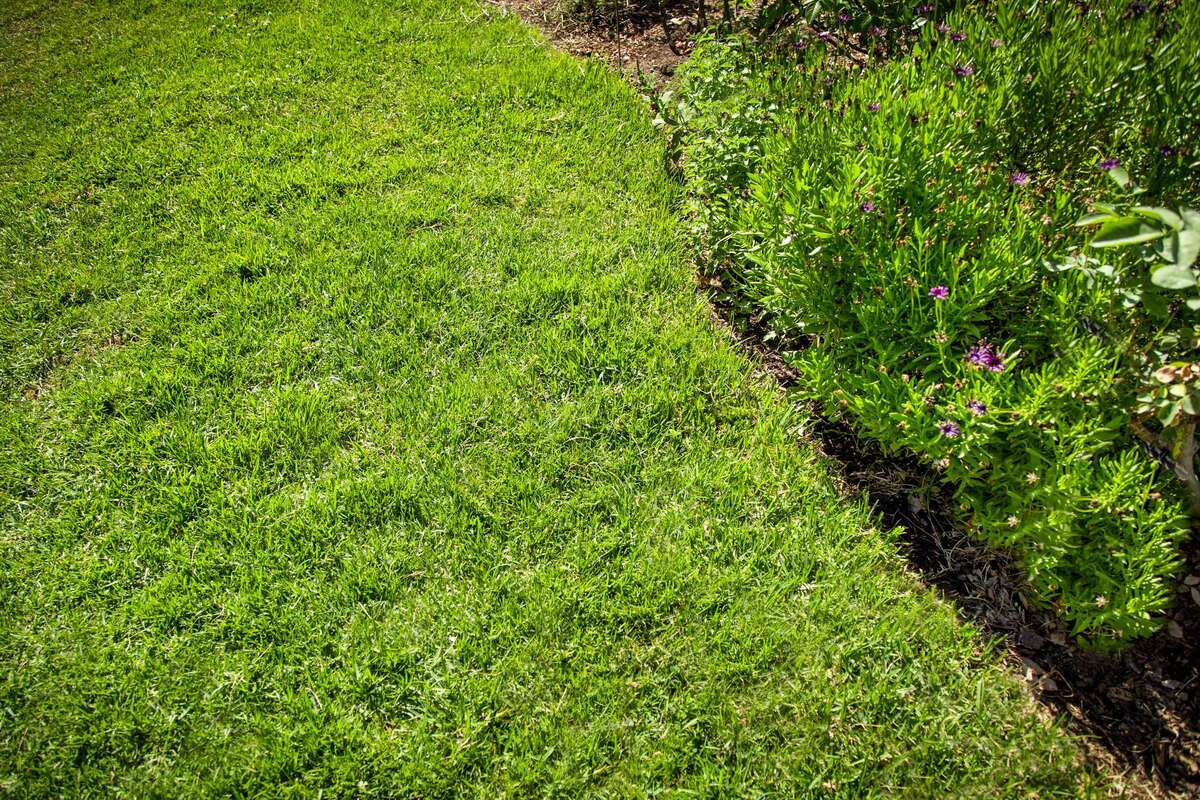
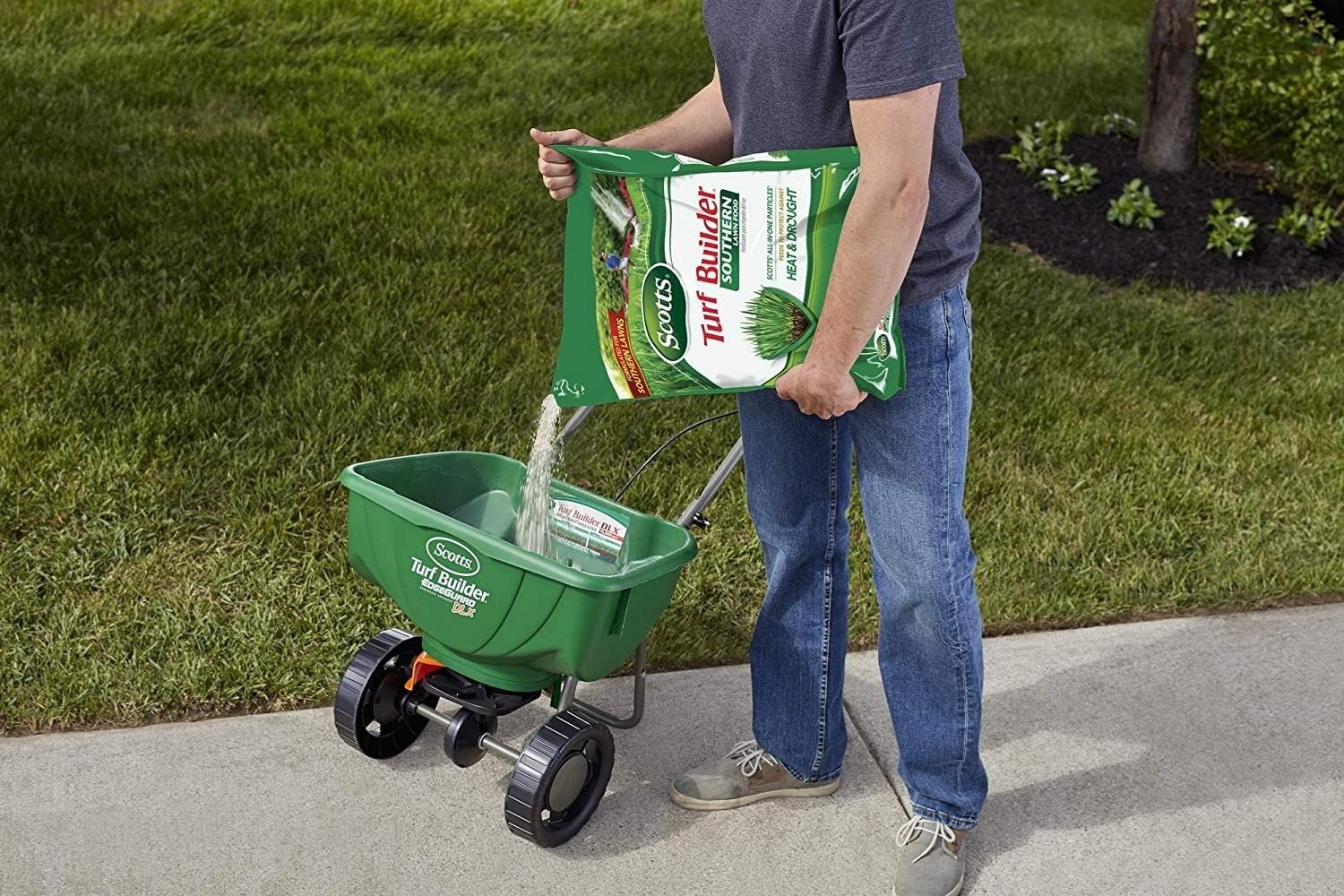
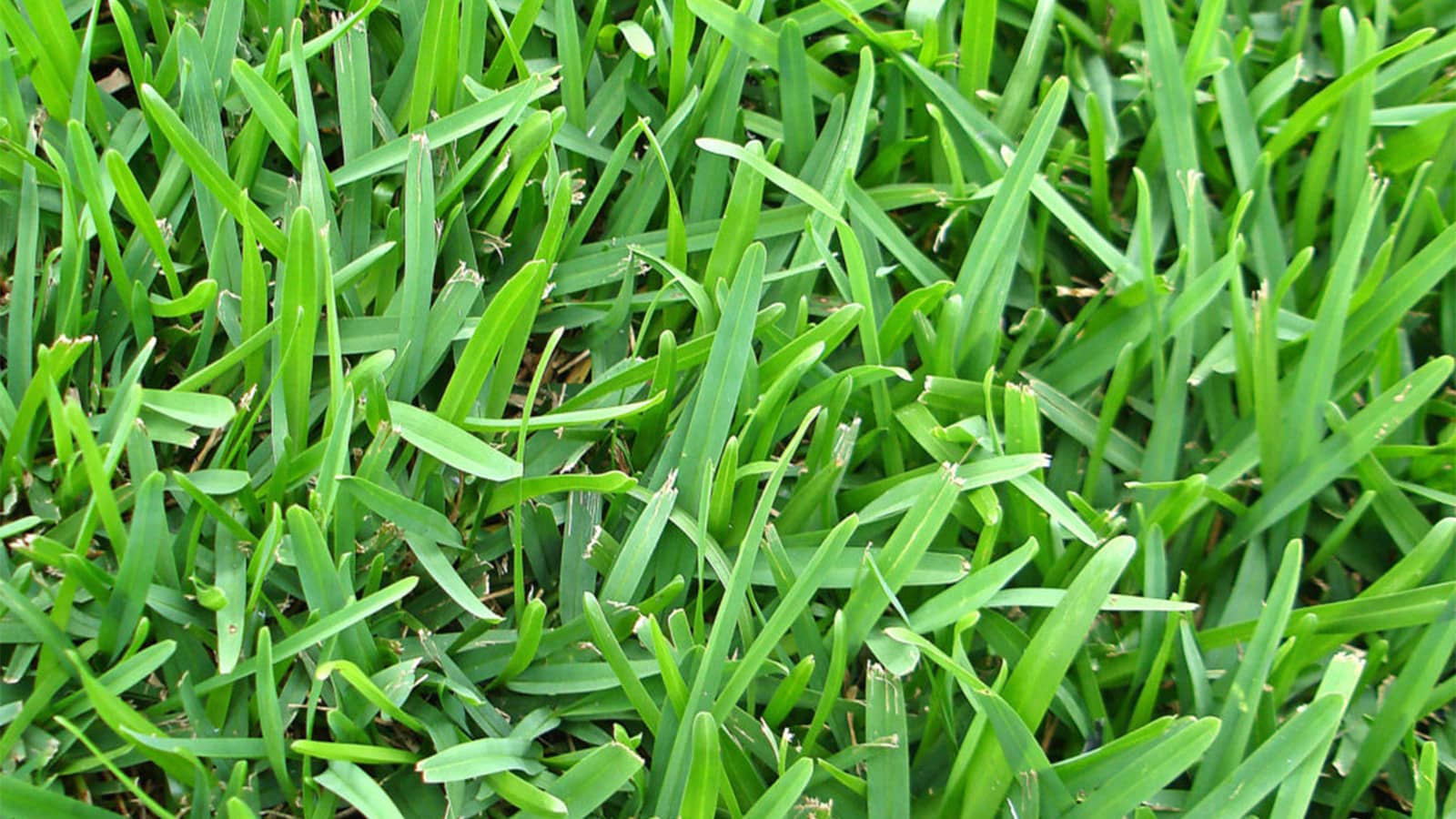
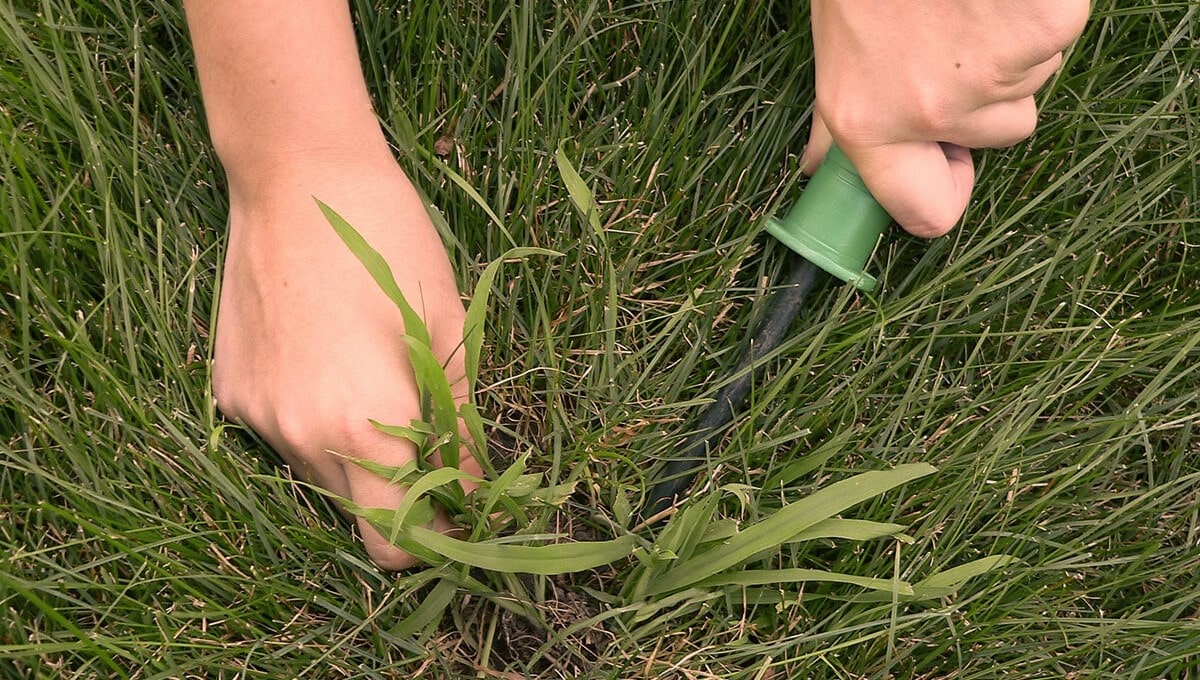
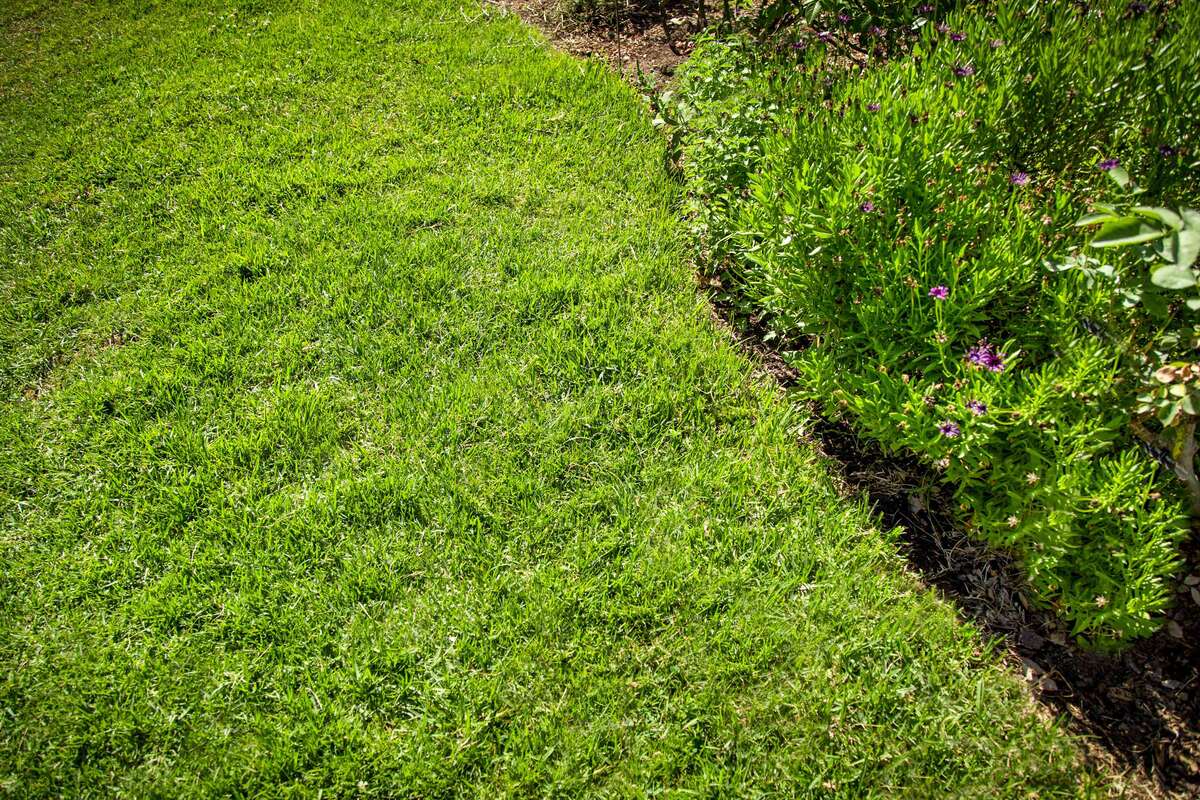
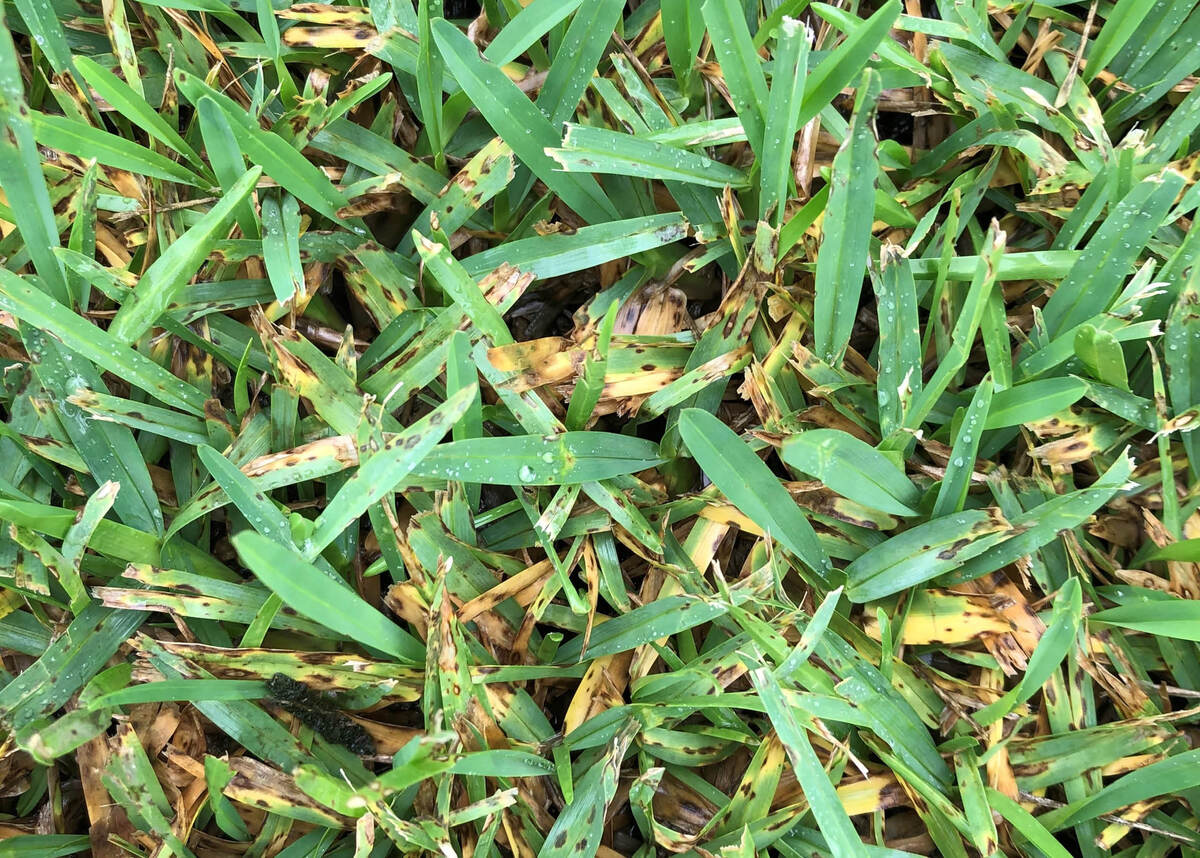
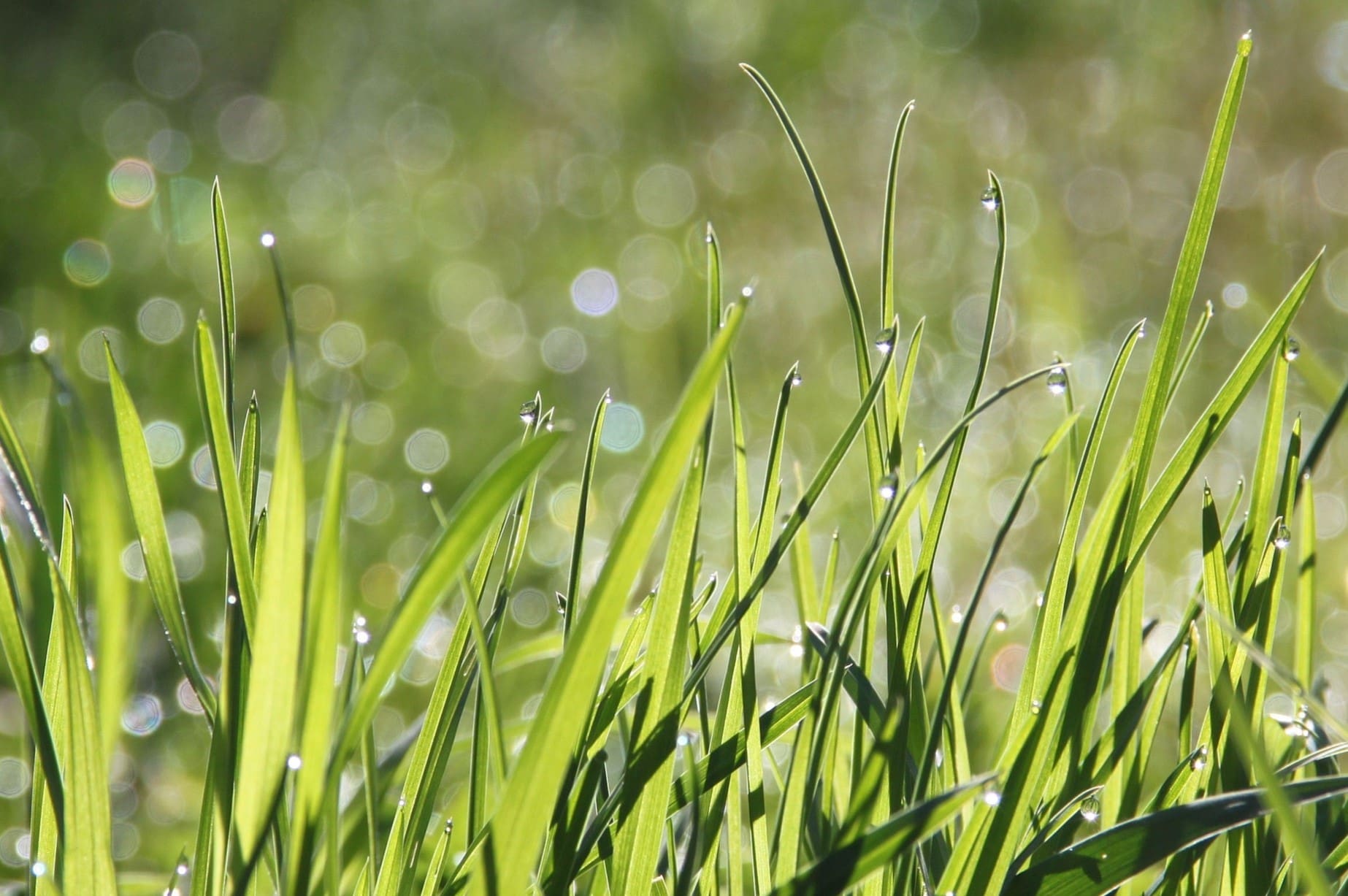
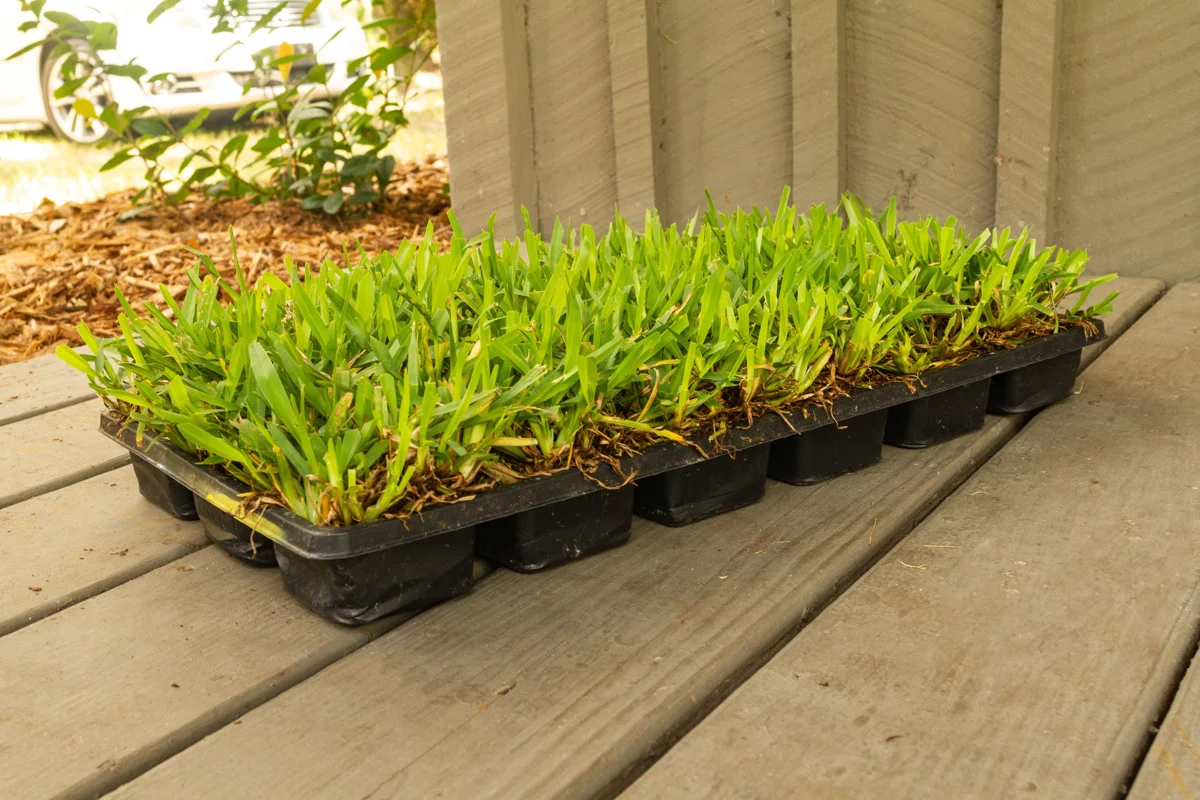
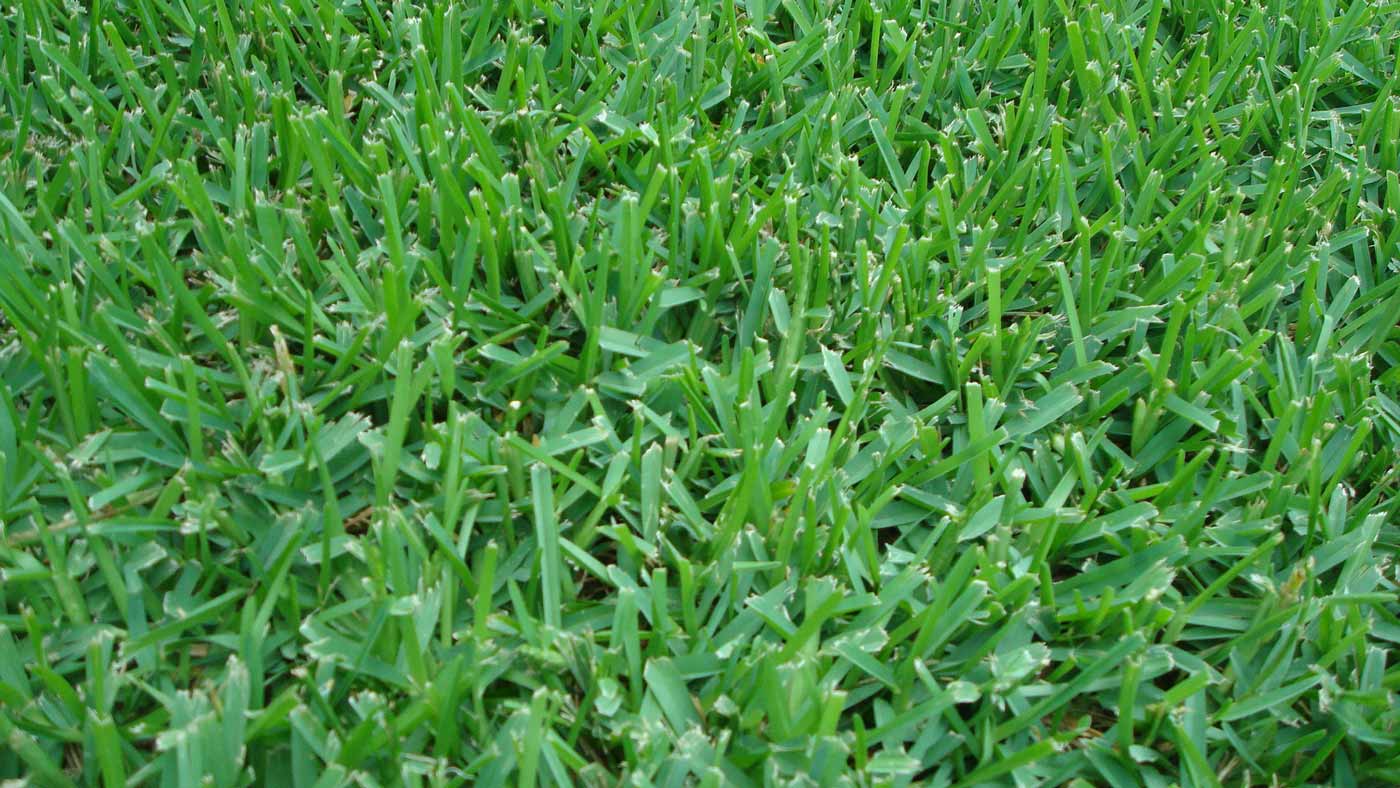

0 thoughts on “When To Fertilize St. Augustine Grass”